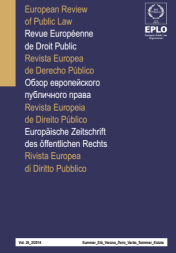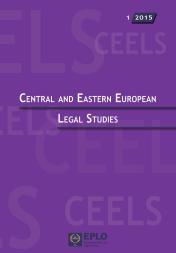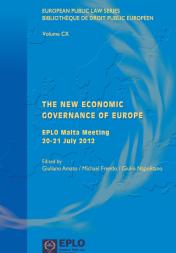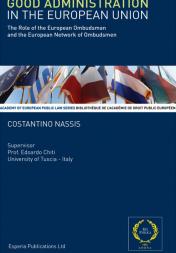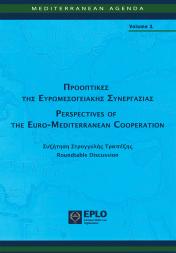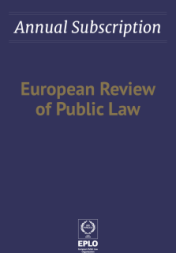
Reinforcing the Governance of the European Internal Market:
The SOLVIT Network
Tenured Professor of Administrative Law, Universidad Autónoma de Madrid, lucia.lopezdecastro@uam.es.
In this article, the SOLVIT network is studied as an alternative mechanism for internal market problem-solving. In the context of the Administrative and Judicial Union within the European Union, its legal configuration and effectiveness after two decades is subject to analysis. From a prospective viewpoint, recent developments in secondary Law and current challenges are examined. SOLVIT serves two functions as a key tool for European governance: guaranteeing effective protection of individual rights and ensuring compliance with EU law by national authorities. Its current relevance and potential are showcased in the application of three Regulations, on Mutual Recognition, the implementation of the Single Digital Gateway and the European Labour Authority, and in the actions envisaged to strengthen SOLVIT in the 2020 Single Market Enforcement Action Plan. Regarding the necessary future re-configuration of SOLVIT, despite the substantial changes that are needed, it is proposed that is should remain as a voluntary mechanism.
Dans cet article, le réseau SOLVIT est étudié en tant que mécanisme alternatif de résolution des problèmes du marché intérieur. Dans le contexte de l’union administrative et judiciaire au sein de l’Union européenne, sa configuration juridique et son efficacité, au bout de deux décennies, font l’objet d’une analyse. Les développements récents du droit dérivé et les défis actuels sont examinés d’un point de vue prospectif. SOLVIT remplit deux fonctions en tant qu’outil clé de la gouvernance européenne: garantir une protection efficace des droits individuels et assurer le respect du droit de l’Union par les autorités nationales. Sa pertinence et son potentiel actuels sont mis en évidence dans l’application de trois règlements, sur la reconnaissance mutuelle, la mise en œuvre du portail numérique unique et l’Autorité européenne du travail, ainsi que dans les actions envisagées pour renforcer SOLVIT dans le plan d’action 2020 pour l’application du droit du marché unique. En ce qui concerne la nécessaire reconfiguration future de SOLVIT, malgré les changements substantiels qui s’imposent, il est proposé que le système reste un mécanisme gratuit.
* This work has been developed within the Project ‘Relaciones jurídicas transnacionales en el mercado interior y justicia administrativa’ (DER2017-84500-P), Ministerio de Ciencia, Innovación y Universidades [Transnational legal relations in the internal market and administrative justice (DER2017-84500-P), Ministry of Science, Innovation and Universities], of the Spain Government. This work has been supported by the Madrid Government (Comunidad de Madrid-Spain) under the Multiannual Agreement with Universidad Autónoma de Madrid within the line for the Excellence of the University Teaching Staff, in the context of the V PRICIT (Regional Programme of Research and Technological Innovation).
** Paper last update: 28 July 2021




